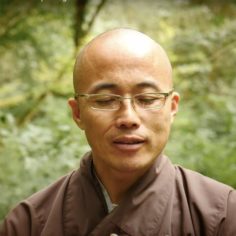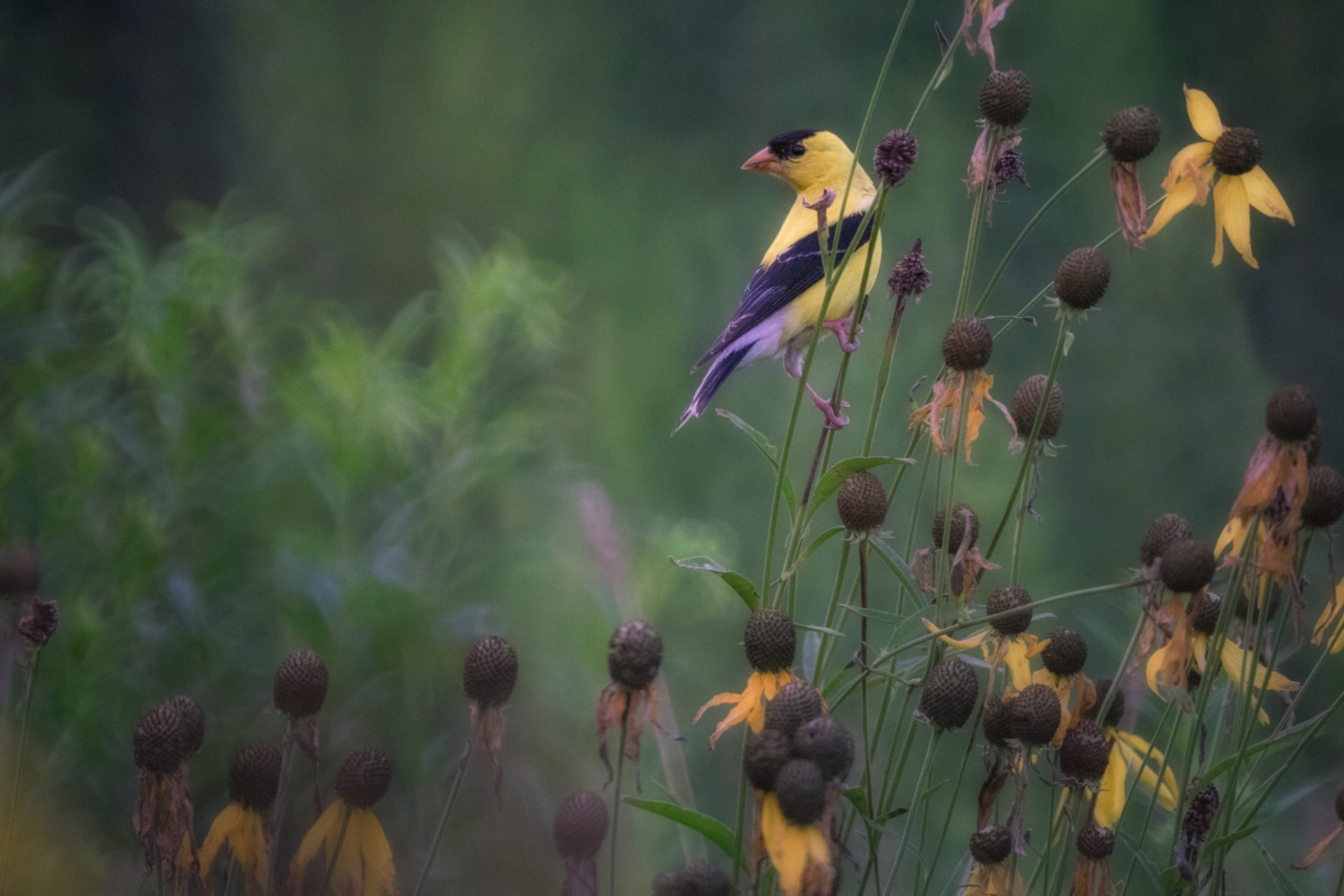By Brother Pháp Dung in October 2016
One evening, when the children were singing and dancing in a circle, a white moth entered the circle and danced with us. She landed on the carpet beside me, and I knelt down to say hello to her. Just as I said, “How wonderful, children! A beautiful white moth has joined us with her song,” a young boy moved forward quickly and stomped on the moth violently many times.
By Brother Pháp Dung in October 2016
One evening, when the children were singing and dancing in a circle, a white moth entered the circle and danced with us. She landed on the carpet beside me, and I knelt down to say hello to her. Just as I said, “How wonderful, children! A beautiful white moth has joined us with her song,” a young boy moved forward quickly and stomped on the moth violently many times. A few other boys joined him. One girl screamed in horror. Other children were in shock, and my brothers and sisters embraced and consoled them. I picked up the dead moth and took it outside to return it back to the earth. When I came back, the room was silent. I sat in the middle of the circle, closed my eyes and followed my breathing for a few minutes. My sister invited the bell.
I began to pray for the moth and to express our regret for our unskillfulness. “Dear white moth, please forgive us for not recognizing your beauty, your gift to us, your sacrifice to our ignorance, our violence, and our unskillfulness. We pray that you are now in a peaceful place, and that your pain in leaving us was not too great. We are in pain now for what has occurred. You came to us to share your wonder, your dance, and your love for children. Yet we could not see. We were blinded by our excitement, our habit of killing small living beings, and our inability to care for all things. No one person is to blame for this act, for it is an action we are all responsible for. We promise not to kill and let our violent energy take us over and destroy what is beautiful and good in this world.” We then invited each child to share their feelings, express their hurt, speak to the moth, and ask for forgiveness for our actions. “Thank you dear moth for being with us.” “We are sorry for hurting you and killing you.” “We hope you are okay.” As each child shared their thoughts and the boys shared their regret, the energy of the room began to change and the young girls who had been crying because of the incident felt comforted.
The experience opened up the discussion. We shared about the mosquitoes, worms, butterflies, and bugs that are in our lives, how we should treat them, and that they want to live just like we do. It turned out to be one of the deepest and most real discussions that I have ever had about the Two Promises with children of that age. Thank you, Moth Bodhisattva, for your gift and sacrifice.
Reprinted from Planting Seeds: Practicing Mindfulness with Children (2011) by Thich Nhat Hanh and the Plum Village community, with permission of Parallax Press, Berkeley, California (parallax.org).
THE TWO PROMISES FOR YOUNG CHILDREN:
1) I vow to develop understanding in order to live peacefully with people, animals, plants, and minerals.
2) I vow to develop compassion in order to protect the lives of people, animals, plants, and minerals.


